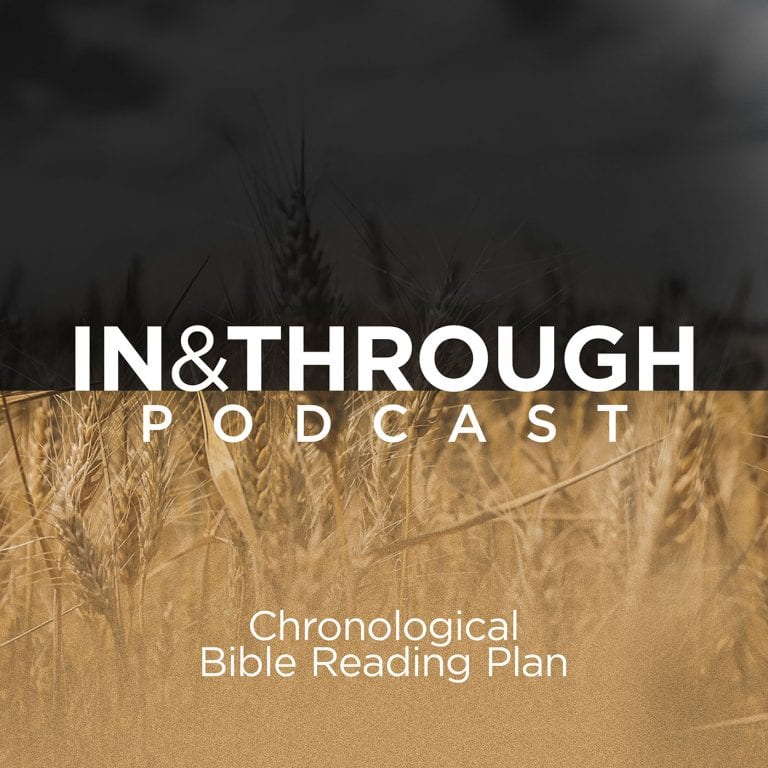Recently at our church, which meets in an urban Ottawa theater, a visitor attempted to leave after the service only to find themselves trapped between locked doors. The outer doors were chained shut, and when they turned back, the inner doors had locked behind them. With no way to contact anyone inside, they stood there—caught in a glass prison with no apparent exit.
This predicament perfectly illustrates the condition of many Canadians today. We find ourselves trapped in one reality while longing for something more transcendent. We sense there must be a greater world beyond our immediate experience, yet feel locked out of accessing it.
The Immanent Frame of Modern Life
Philosopher Charles Taylor describes modern society as living within an “immanent frame”—a worldview that acknowledges only what can be empirically verified. At its core, this perspective reduces life to “one dang thing after another and then you die.” Science, culture, and our institutions reinforce this narrative: there is just the physical world, nothing more.
Yet few people can truly live within such a confined perspective. We have persistent longings and intuitions that point beyond materialism. We crave meaning that transcends our daily existence—something eternal and authentic. We yearn for love and life stronger than death itself.
These desires surface in profound aesthetic moments when we’re captivated by powerful music, in quiet encounters with nature where we sense a presence almost speaking to us, or in intimate gatherings with friends that feel like glimpses of something truer than ordinary existence.
Still, our secular framework provides no categories for these experiences beyond dismissing them as temporary emotional states. The cultural message remains: real life is merely sequential events ending in death. Like that visitor, Canadians find themselves staring through glass at a life that seems frustratingly inaccessible.
When Longing Becomes Fact
Easter proclaims the revolutionary news that our deepest longings have taken physical form and become historical fact. What we most hope for—that life and love are stronger than death—entered our world in the person of Jesus Christ.
All four Gospel accounts, written while eyewitnesses still lived, testify that Jesus died by crucifixion on a Friday afternoon, but by Sunday morning, His tomb stood empty, His grave clothes were neatly arranged, and His body was never recovered. Instead, the risen Christ appeared fully and gloriously alive to numerous people across multiple locations over forty days.
This testimony doesn’t rest solely on the Gospel narratives. Early Christian letters, also written during the lifetimes of eyewitnesses, affirm these same facts. Most compelling perhaps is that many who encountered the resurrected Jesus willingly faced death rather than deny what they had seen. This isn’t merely inspirational storytelling—it’s as concrete as your bank statement, your vehicle, or your physical body.
The resurrection vindicates everything about Jesus—His claims, teachings, and works. He said He was the fulfillment of the entire Old Testament. His resurrection proves He spoke truth. The truly real world isn’t an endless sequence of meaningless events ending in death. There is a Triune God. There is transcendent meaning and morality. There is a Savior who came specifically for you.
Our Longings: Significant But Insufficient
This message represents both the best possible news and the most confronting revelation for contemporary Canadians. Most will explore any avenue to escape the “one dang thing after another” worldview except Christianity. We want our spiritual longings fulfilled, but on our terms. Yet reality doesn’t conform to our demands.
Take heart—your longings are actually too small! In Jesus, the best parts of your yearnings find fulfillment, while the self-centered elements fall away as chaff. He offers Himself as Savior and Lord, the true destination of your seeking and the rest for your restless soul.
As John writes at the conclusion of his eyewitness account: “Now Jesus did many other signs in the presence of his disciples, which are not written in this book; but these are written so that you may believe that Jesus is the Christ, the Son of God, and that by believing you may have life in his name” (John 20:30-31).
What about those visitors trapped between doors? Fortunately, others came downstairs moments later, released them, and alerted the church to the problem.
Christ is risen!
























